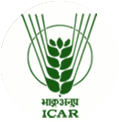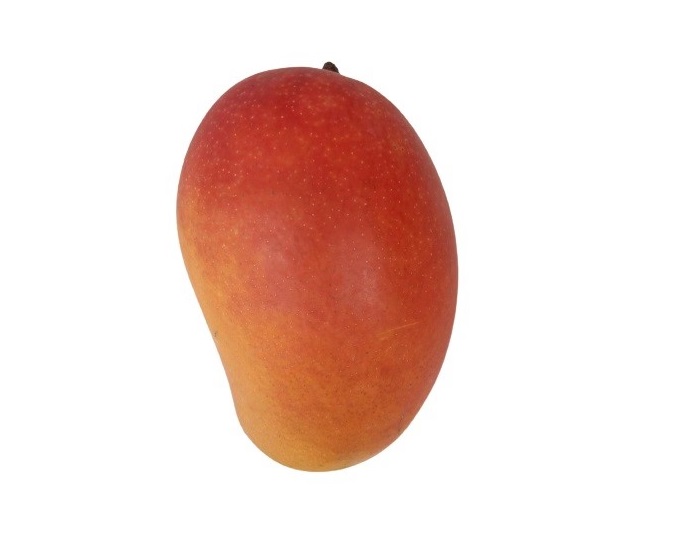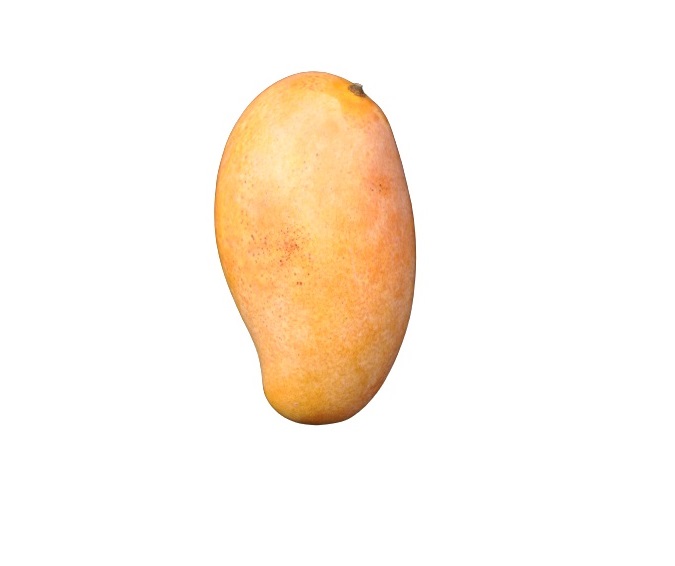 |
भा.कृ.अ.प. - भारतीय कृषि अनुसंधान संस्थान | ICAR-Indian Agricultural Research Institute |
 |
Fruits and Horticultural Technology(FHT) (9 scientists)
M.Sc. : CSAUAT, Kanpur
Ph.D : Banaras Hindu University
Google Scholar
PG School, Faculty Disciplines : Horticulture-Fruit Science
No. of Students Guided : - M.Sc : 6
Ph.D : 1
Publications having NAAS rating 6 and above with first or corresponding author only
- Singh Preeti, Prakash Jai, Singh, S. K., Goswami A.K. and Hussain Zakir 2022. Heterosis for seed and seedling traits in papaya, Indian J. Hortic. 79(2): 127-135.
- Singh, Preeti, Prakash, Jai., Goswami A.K. and Singh K. 2019. Heterosis for growth, yield and fruit quality traits in papaya. Indian J. Horticulture, 76(4):576-580
- Kaluram, Prakash, Jai, Singh, S.K., Goswami A.K., Singh Preeti, Hussain, Zakir and Singh, A.K., 2018. Genetic diversity in qualitative and quantitative traits of papaya. Indian Journal of Horticulture, 75 (2), 165-171.
- Soni, Anjali, Prakash, Jai, Singh, S.K. and Goswami, A.K., Gupta N.C. and Singh, A.K. 2017. Efficacy of gene-based markers associated with sex expression in papaya. Indian J. Horticulture, 74 (3): 334-339
- Prakash Jai, Singh Kanhaiya, Goswami A.K. and Singh A.K. 2015. Comparison of plant growth, yield, fruit quality and biotic stress incidence in papaya var. Pusa Nanha under polyhouse and open field conditions. Indian J. of Horticulture. 72 (2): 183-186.
- Prakash, Jai, and Singh, A.K. 2013. Screening of papaya genotypes against the viral diseases. Indian J. Hort, 70 (3): 437-438.
- Prakash, Jai, Bhattacharya, S., Chattopadhyay, K., Roy, S., Das, S.P. and Singh, N.P. 2009. PQM-1: A newly developed superior clone of pineapple for North-Eastern India as evident through phenotype, fruit quality and DNA polymorphism. Scientia Horticulturae, 120(2):288-91.
- Prakash, Jai, Maurya, A.N. and Singh, S.P. 2010. Studies on variability in fruit characters of Jamun (Syzigium cumini Skeels). Indian J. Hort. 67(SI): 63-66.
- Prakash, Jai, Sankaran, M. and Singh, N.P. 2008. Response of plant population on fruiting and fruit quality of pineapple cv. Queen. Indian J. Agri. Sci 78(9): 801-02
- Prakash, Jai, Singh, N.P. and Sankaran, M. 2007. Response of mulching on insitu soil moisture, growth, yield and economic return of litchi (Litchi chinensis) under rainfed condition in Tripura. Indian J. Agri. Sci. 77 (11): 762-764.
Patent / Technologies / Methodologies / System etc. (Upto Five) :
- Pusa Manohari (Hybrid 8-11): Regular bearing a hybrid of Amrapali x Lal Sundari having field tolerance to mango malformation (10-15%). Trees are semi-vigorous and suitable for medium density planting (6 m x 6 m). Medium sized (223 g) fruits having greenish-yellow peel with red tinge on shoulders, yellowish-orange pulp, fibreless, good TSS (20.38%), acidity (0.27%), ascorbic acid (39.78 mg/100 g pulp) and ?-carotene content (9.73 mg per kg pulp), on year per tree basis yield is of 58 kg (~10-
- Pusa Deepshikha (Hybrid 11-2): It is a hybrid of �Amrapali� x �Sensation� having regularity in bearing and uniform sized fruits. Fruit are oblong in shape, bright red peel with orange-yellow pulp, moderate TSS (18.67%), high pulp content (70%) and ascorbic acid content (35.34 mg/100 g pulp), ?-carotene content (9.48 mg per kg pulp), good shelf-life (7 to 8 days) at room temperature. It is semi-dwarf and suitable for medium density planting (6 m x 6 m).On per tree basis, it yields 50.33 kg (~
- Pusa Aditi: It is a hybrid between �BanquiAbyad� x �Perlette�.It is early maturing (1st week of June), seedless having large round berry (2.7 g), yellowish-green in colour, firm pulp with good TSS (19.3%). Vine is moderately vigorous, and is a spur pruned variety. It is tolerant to anthracnose and powdery mildew. Grape bunches and berries are GA3 responsive.The fruits are good for table purpose and making juice. The average yield is about 12-15 t/ha notified by the Delhi State Seed Sub-Commit
- Tripura Papita (RCTP-1): It has been developed through transgresive segregations, gynodioecious, dual (table and vegetable) purpose of papaya, high fruiting zone, high yielding (42-65 kg/plant), fruit weight (1.25-2.5 kg), moderately tolerant to papaya ring spot virus under field condition and was released from the State Variety Release Committee Tripura on 15th September 2014, SVRC No. F. 21 (170)�Agri- (SS) 2012-13/1152-77 dated 18th October, 2014.
- Tripura Ananas (PQM-1): Developed a superior clone of PQM-I as a breeder with deep orange colour, late maturing and rich in sugar and juice per cent have been isolated from cv. Queen and it was verified by the molecular marker as different genetic recombinant and fit in year round production of pineapple. Tripura Ananas was released from the State Variety Release Committee Tripura on 15th September 2014, SVRC No. F. 21 (170)�Agri- (SS) 2012-13/1152-77 dated 18th October, 2014.
Varieties (2)
Awards / Recognitions / Fellowship (Upto Five) :
- Fellow of Indian Academy of Horticultural Sciences, New Delhi in 2017
- HSI-DP Ghosh Young Scientist Award 2018 by the Indian Academy of Horticultural Sciences, New Delhi.
- Fellow of International Society of Noni Science, Chennai in 2017.
- RASSA Yashasvi Samman 2018 by Royal Association for Science-led Socio-cultural Advancement, New Delhi.
- Junior Research Fellowship by ICAR, New Delhi (1998-2000)


